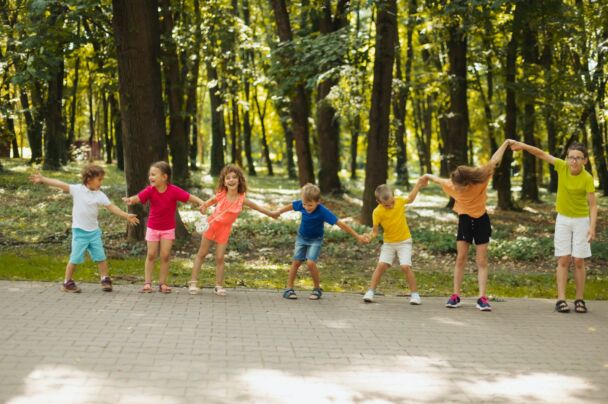Introduction to Outdoor Education
In a society where traditional classroom settings often dominate the learning landscape, outdoor education provides a breath of fresh air by taking students beyond four walls and immersing them in the natural environment. This educational approach embraces the great outdoors as a dynamic and interactive classroom, offering a wide array of benefits and learning opportunities for students of all ages.
Outdoor education goes beyond simply teaching subjects in an outdoor setting. It is a holistic approach that aims to foster personal, social, and environmental growth through experiential learning. By engaging in a variety of outdoor activities, students develop a deeper connection with nature, gain practical skills, enhance their problem-solving abilities, and build resilience in the face of challenges.
In this blog, we will delve into the world of outdoor education, exploring its benefits, strategies for effective implementation, inspiring examples, and ways to promote environmental awareness and sustainability. Whether you are an educator, a parent, or a curious learner, this blog aims to inspire and equip you with insights and practical ideas to embrace outdoor education and unlock the boundless potential it offers.
The Benefits of Outdoor Learning
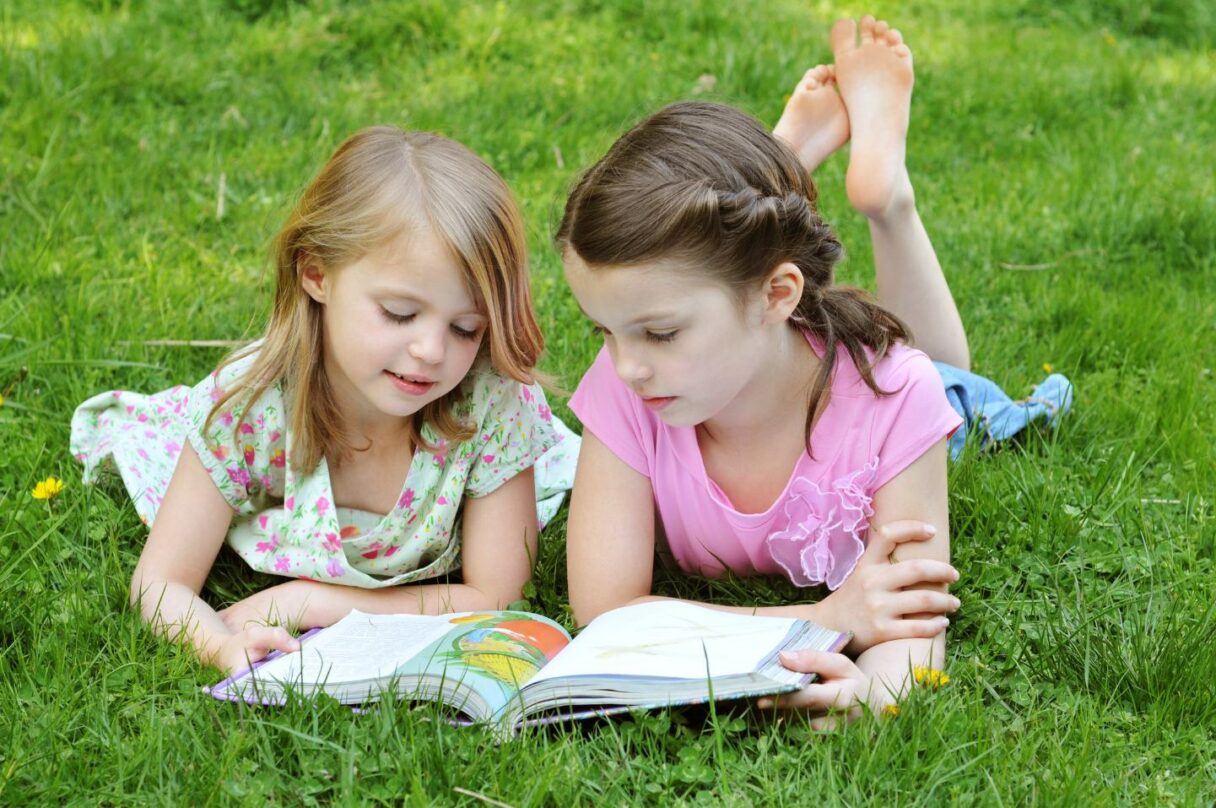
Outdoor education brings a fresh and exciting element to learning, grabbing students’ interest, and sparking their curiosity. When students have nature as a classroom, like forests, parks, or even city areas, outdoor education creates an active and engaging setting for exploration.
This hands-on approach helps students see how what they learn in class relates to the real world, making them more involved and motivated to learn. It also helps students to grow in all aspects of their lives by taking care of their bodies, emotions, and social connections. It encourages them to be active and move around, which leads to healthier habits and less sitting still. Moreover, spending time in nature has a good effect on mental health. It lowers stress and anxiety, making students feel better overall.
Outdoor education brings many benefits to teachers as well. When teachers incorporate outdoor teaching methods, it helps them feel refreshed and excited about their job. Being in nature sparks their creativity and gives them new ideas. They can try out different ways of teaching and adjust their lessons to fit the outdoor environment.
Moreover, outdoor education allows teachers to connect with their students on a deeper level. They can build stronger relationships and create a sense of togetherness. This kind of teaching involves working together and doing hands-on activities. It does not only make teachers happier with their work but also helps them learn more about the world as they explore alongside their students in the great outdoors.
3 Tips for Effective Outdoor Activities
Designing effective outdoor education activities requires careful consideration and planning. Creating engaging and impactful experiences in nature can greatly enhance the learning outcomes for participants. We will explore some valuable tips for designing outdoor education activities that maximize versatility, prioritize comfort, and ensure functionality. These guidelines aim to help educators create memorable and successful outdoor learning experiences that inspire and educate.
1) Prioritize versatility
When designing outdoor education activities, it is important to prioritize versatility. This means creating experiences that can be adapted to different learning objectives, age groups, and environmental conditions. By designing activities that can be modified or expanded upon, educators can accommodate varying levels of knowledge, skills, and abilities among participants.
Additionally, incorporating multiple learning styles and modes of engagement allows individuals to connect with the content in ways that resonate with them personally. By fostering versatility, outdoor education activities can be tailored to suit the unique needs and interests of diverse groups, ensuring that every participant has an opportunity to learn and grow.
2) Make it comfortable
Comfort is an essential factor to consider when designing outdoor education activities. Ensuring that participants feel physically and emotionally comfortable throughout the experience contributes to their overall engagement and enjoyment. This includes wearing appropriate clothing, footwear, and protective gear to suit the weather conditions.
Additionally, considering the availability of rest areas, shade, and seating options can enhance participants’ comfort and well-being. When individuals feel comfortable in their surroundings, they are more likely to fully immerse themselves in the learning experience, enabling them to absorb and retain information more effectively.
3) Choose the right materials
Making sure that outdoor education activities work well is really important. This means choosing and organizing resources, equipment, and materials in a smart way so that learning goes smoothly. It’s important to think about things like how easy it is to move and use equipment, how durable it is, and how accessible it is for everyone.
A good option is sidewalk chalk. It works well for writing on outdoor surfaces because it washes off very easily. When the logistics of an activity are well-planned, teachers can focus more on teaching and helping students connect with nature. Giving clear instructions and enough time for practice and thinking also helps make outdoor education activities work better.
12 Outdoor Activities
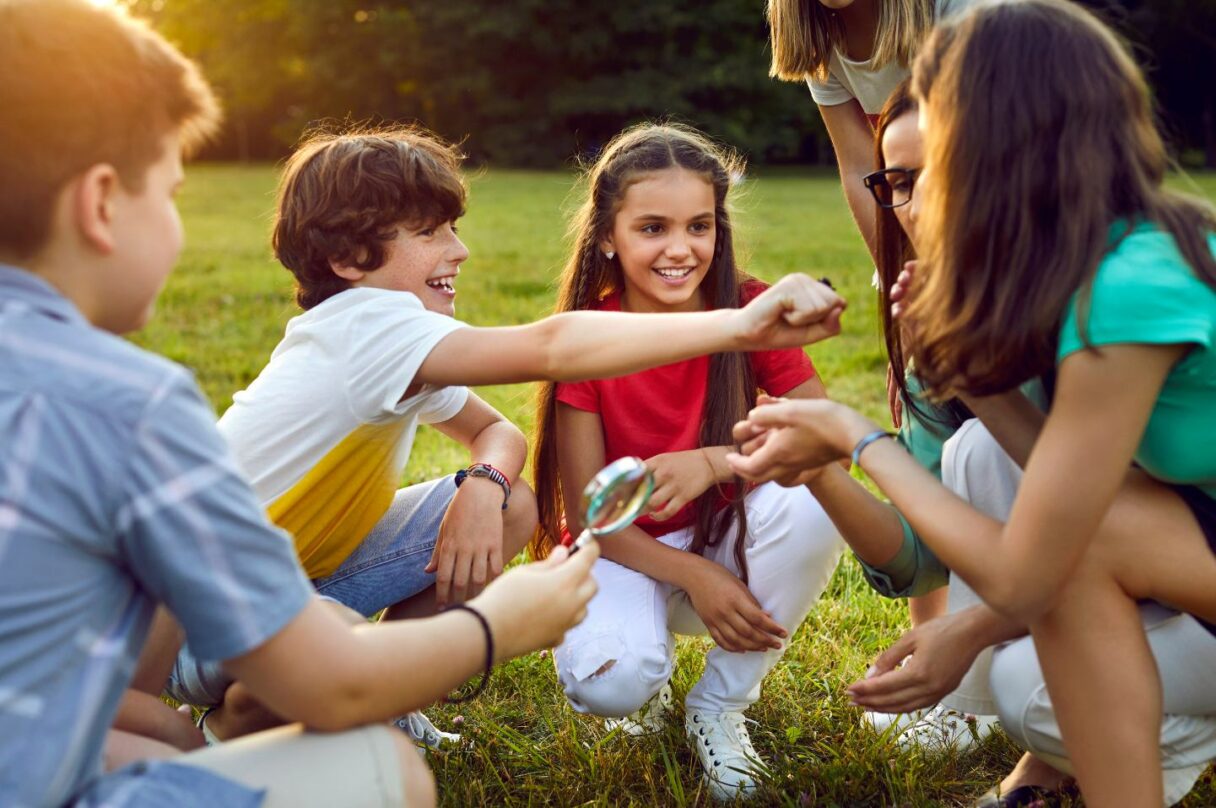
Outdoor education activities give us a great chance to combine different subjects while we learn.
Science Outdoor Activities
Outdoor activities in science foster a deeper understanding of natural phenomena and ecological systems. Consider the following examples:
- Field studies: Take students on nature walks or field trips to local ecosystems, such as forests, wetlands, or coastal areas. Encourage them to observe, collect data, and analyze various aspects like biodiversity, population dynamics, or environmental factors. Align these activities with specific science standards or learning objectives related to ecological concepts, scientific inquiry, or data analysis.
- Citizen science projects: Engage students in collaborative research projects that contribute to real-world scientific data collection. They can participate in bird counts, water quality assessments, or phenology studies, allowing them to contribute to scientific knowledge while learning about environmental stewardship. Align these activities with standards related to scientific investigations, data collection, or environmental awareness.
- Experiment-based learning: Design experiments that can be conducted outdoors, such as investigating the effects of sunlight on plant growth, the impact of different soil types on water retention, or the behavior of animals in their natural habitats. Connect these activities with standards focused on experimental design, data analysis, or scientific explanations.
Art Outdoor Activities
Combining art with outdoor education allows students to explore their creativity while drawing inspiration from the natural world. Consider these activities:
- Plein air painting: Take students outside with easels and art supplies to create landscape paintings en plein air. Encourage them to observe the colors, textures, and lighting conditions in the natural environment while expressing their artistic vision. Align these activities with art standards related to observation, composition, or expression.
- Nature-inspired sculptures: Provide materials like clay, found objects, or natural elements for students to create sculptures that reflect the forms, patterns, or concepts found in nature. Encourage them to consider sustainability and environmental aesthetics in their creations. Align these activities with art standards related to three-dimensional forms, craftsmanship, or creative expression.
- Photography expeditions: Equip students with cameras and guide them on outdoor photography expeditions. Encourage them to capture images that showcase the beauty and uniqueness of the natural world. Incorporate discussions about composition, lighting, or storytelling through visuals. Align these activities with standards related to visual communication, aesthetics, or digital media.
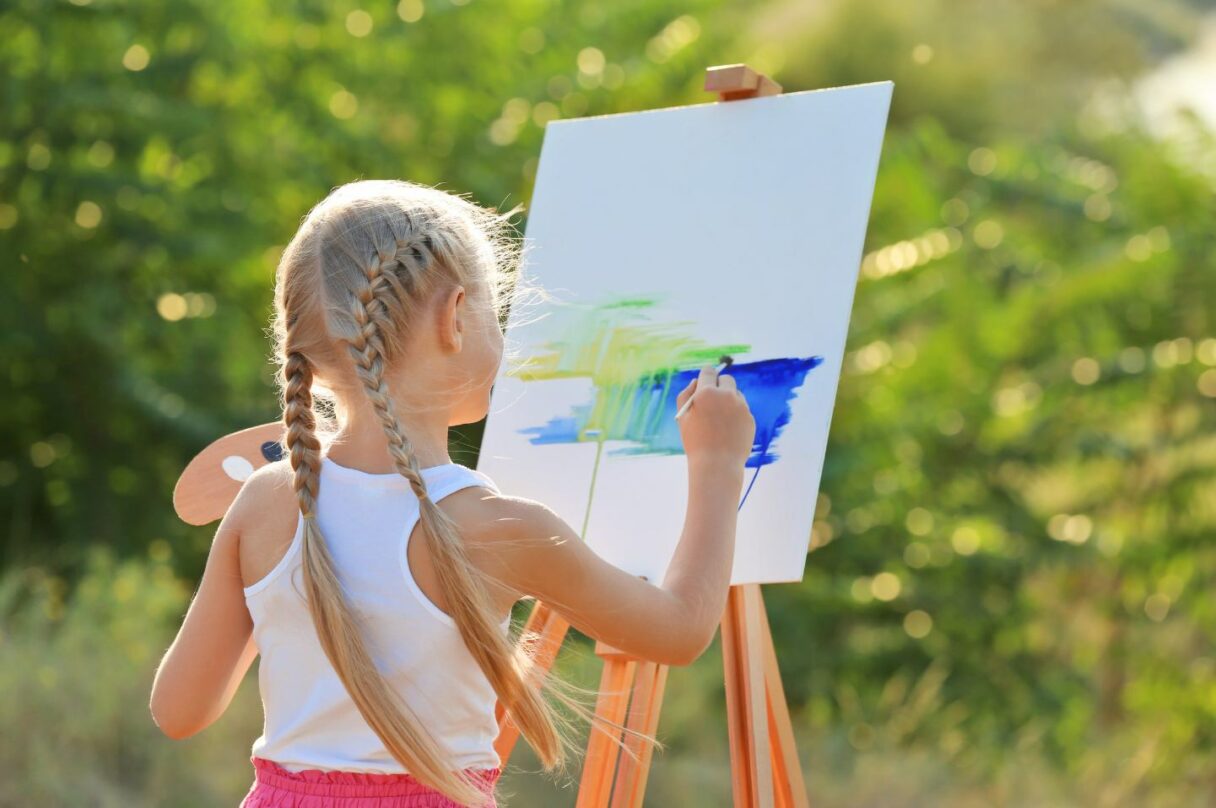
History Outdoor Activities
Outdoor education brings history to life by providing students with authentic experiences and connections to the past. Consider the following activities:
- Historical site visits: Take students to local historical sites, landmarks, or museums where they can explore artifacts, interpret exhibits, or engage in guided tours. Encourage them to analyze primary sources, make connections to historical events, and develop historical thinking skills. Align these activities with history standards related to historical interpretation, inquiry, or cultural heritage.
- Living history reenactments: Organize reenactments of historical events, where students assume roles, dress in period costumes, and engage in authentic activities. This allows them to experience history firsthand and gain a deeper understanding of the social, political, or cultural contexts of the past. Align these activities with standards related to historical thinking, analysis, or cultural understanding.
- Oral history projects: Engage students in interviewing local community members or family members to gather oral histories related to specific historical events, cultural traditions, or social changes. This encourages students to develop research skills, practice empathy, and gain insights into personal perspectives on history. Align these activities with standards related to historical research, communication, or empathy.
Physical Education Outdoor Activities
Outdoor activities in physical education promote physical fitness, teamwork, and personal growth in a natural setting. Consider these examples:
- Outdoor sports tournaments: Organize tournaments or friendly matches of popular outdoor sports like soccer, basketball, or cricket. Emphasize skill development, fair play, teamwork, and sportsmanship. Align these activities with physical education standards related to skill acquisition, cooperation, or healthy lifestyles.
- Adventure-based challenges: Introduce students to adventure-based activities like rock climbing, orienteering, or ropes courses. These activities foster problem-solving skills, risk assessment, resilience, and personal growth. Align these activities with standards related to adventure education, personal development, or risk management.
- Fitness trails or obstacle courses: Create outdoor fitness trails or obstacle courses that challenge students’ strength, endurance, and agility. Incorporate exercises, challenges, or stations that target different fitness components. Align these activities with standards related to physical fitness, skill development, or goal setting.
When teachers bring outdoor education activities into different subjects, it makes learning more interesting, and it helps to understand the natural world better. These activities make the students think, be creative, and work together. Plus, they show how different subjects are connected in real life.
5 Ways to Promote Environmental Awareness and Sustainability
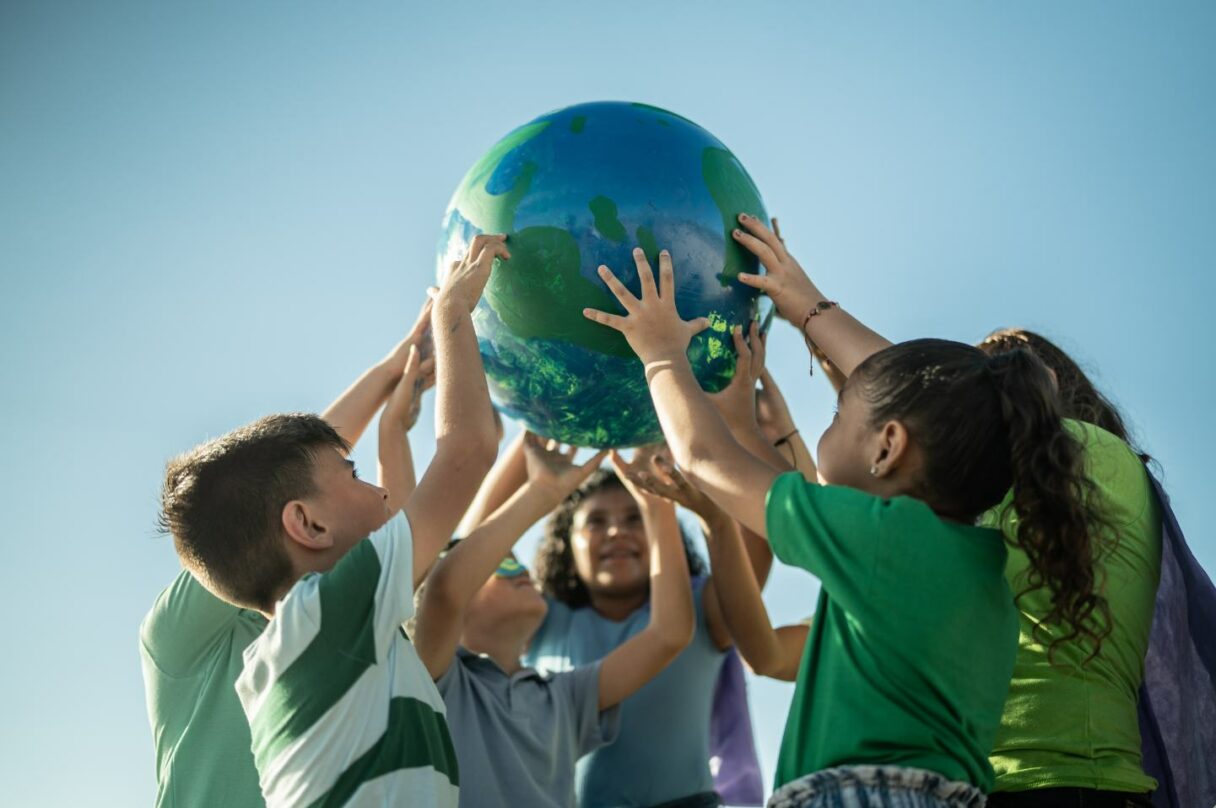
Promoting environmental awareness and sustainability is important in outdoor education. When students go outside and learn in nature, it helps them understand and care about the environment. They see how beautiful and delicate it is, inspiring them to take responsibility and protect the planet. To further enhance outdoor education, educators can implement practical ideas and projects that engage students actively in environmental conservation.
1) Community Cleanup
Organize a community cleanup day where students gather in local parks, beaches, or natural areas to collect litter and learn about the impact of pollution on ecosystems. This hands-on activity fosters a sense of responsibility and teaches students the importance of keeping our environment clean.
2) Native Plant Gardening
Establish a native plant garden on the school grounds or in a nearby green space. Students can learn about the benefits of native plants, their role in supporting local wildlife, and the importance of preserving biodiversity. This project allows students to actively participate in creating and maintaining a sustainable ecosystem.
3) Waste Reduction Campaign
Launch a waste reduction campaign within the school community. Educators can work with students to implement recycling programs, encourage the use of reusable water bottles and lunch containers, and educate peers on the impact of single-use plastics. This project raises awareness about the importance of reducing waste and instills eco-friendly habits.
4) Energy Conservation Challenge
Create an energy conservation challenge where students learn about energy consumption and ways to reduce it. Students can conduct energy audits within the school, develop strategies to conserve energy and track their progress over time. This project empowers students to make a tangible difference and understand the connection between their actions and environmental sustainability.
5) Nature Journaling
Encourage students to keep nature journals during outdoor excursions. Students can record their observations, sketches, and reflections about the natural world. This activity not only deepens their connection with nature but also promotes creativity and mindfulness. Teachers can guide discussions about the importance of preserving natural habitats based on students’ journal entries.
By incorporating practical ideas and projects like these into outdoor education, educators provide students with hands-on experiences and empower them to make a positive impact on the environment. These initiatives deepen students’ understanding of sustainability and conservation, fostering a lifelong commitment to caring for the Earth.
Inspiring Outdoor Education Examples
1) Forest Schools Sweden
Forest schools in Sweden, known as “skogs förskola”, are early childhood education centers that prioritize outdoor learning in forest environments. These schools provide young children with opportunities for hands-on exploration, nature play, and environmental education. One of the distinctive aspects of forest schools in Sweden is the focus on child-led learning. Students are encouraged to follow their interests and curiosities, allowing them to develop a deep connection with the natural world at their own pace.
This child-centered approach fosters a sense of autonomy and self-confidence in young learners. Furthermore, forest schools in Sweden promote holistic development by incorporating various aspects of learning, including cognitive, physical, and emotional domains. Nature play and hands-on exploration provides opportunities for children to develop their motor skills, problem-solving abilities, and creativity.
While there is no specific website dedicated to all forest schools in Sweden, you can find information about individual schools and their approach through local municipality websites or educational institutions.
2) Outdoor International Primary School Italy
The Outdoor International Primary School located in Altopascio, Italy, stands out as a remarkable institution that fosters a deep understanding and respect for the world in its students. As a bilingual primary school catering to children between the ages of 6 and 11, it offers a unique educational experience that emphasizes outdoor learning and global awareness. At the Outdoor International Primary School, the natural environment serves as an integral part of the curriculum. Students have the opportunity to learn amidst nature, immersing themselves in the outdoors and connecting with the world around them.
This approach not only promotes physical activity and a healthy lifestyle but also instills a sense of wonder and appreciation for the natural world. Moreover, the Outdoor International Primary School encourages students to take an active role in caring for the environment and making a positive impact. The school incorporates sustainability into its curriculum, teaching students about eco-friendly practices and encouraging them to become responsible global citizens.
3) Kilgraston School Scotland
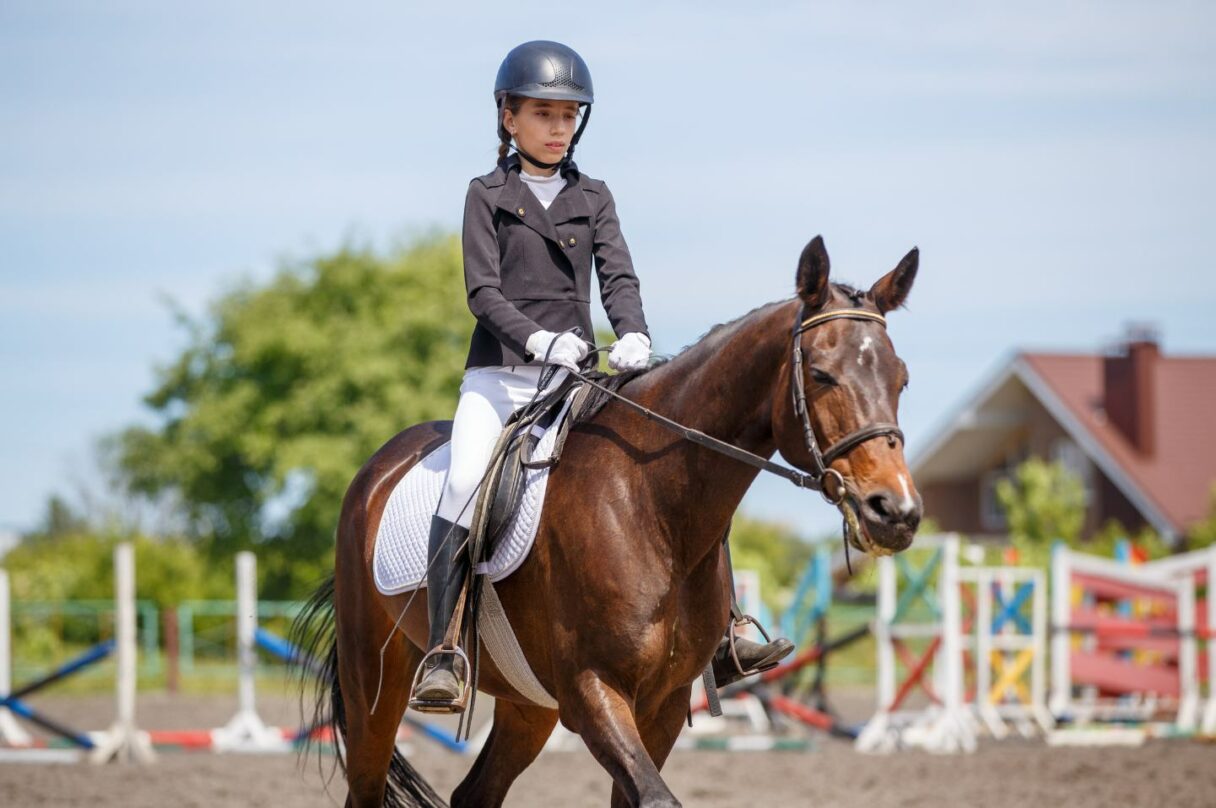
The Kilgraston School in Bridge of Earn, Scotland, stands out as an exceptional institution that combines academic excellence with a unique outdoor education program. With its vast expanse of land, the school offers students a remarkable opportunity to immerse themselves in nature and benefit from its serene surroundings. One of the distinctive aspects of Kilgraston School is its riding outdoor school, which sets it apart from other educational institutions. The riding program allows students to engage with horses and develop important life skills such as discipline, responsibility, and empathy. Students not only learn how to ride but also develop a deep connection with these magnificent animals.
One student, Emily, expressed her experience, saying, “Riding at Kilgraston has not only taught me how to control a horse but has also taught me how to understand and communicate with them. It’s a truly transformative experience.”
4) Prebendal School United Kingdom
The Prebendal School in Chichester, United Kingdom, has taken a truly innovative approach to education by utilizing the beach and the sea as their classroom. Situated close to the coast, the school has embraced the concept of beach schools, providing children with a unique learning experience that combines freedom, nature, and a deep understanding of the environment.
The beach school approach also provides children with a sense of freedom and independence. With the vast open space and the ever-changing sea, students are encouraged to take risks, problem-solve, and develop their resilience. Teachers at the Prebendal School recognize the value of this approach.
Furthermore, the beach school concept at the Prebendal School extends beyond academic subjects. It offers a holistic learning experience, incorporating elements of physical education, art, and environmental stewardship. Students engage in beach clean-up activities, creating art from natural materials found on the shore, and participating in team-building exercises on the beach. This multi-disciplinary approach encourages creativity, teamwork, and a sense of responsibility towards the environment.
Conclusions on Outdoor Education and Experiential Learning
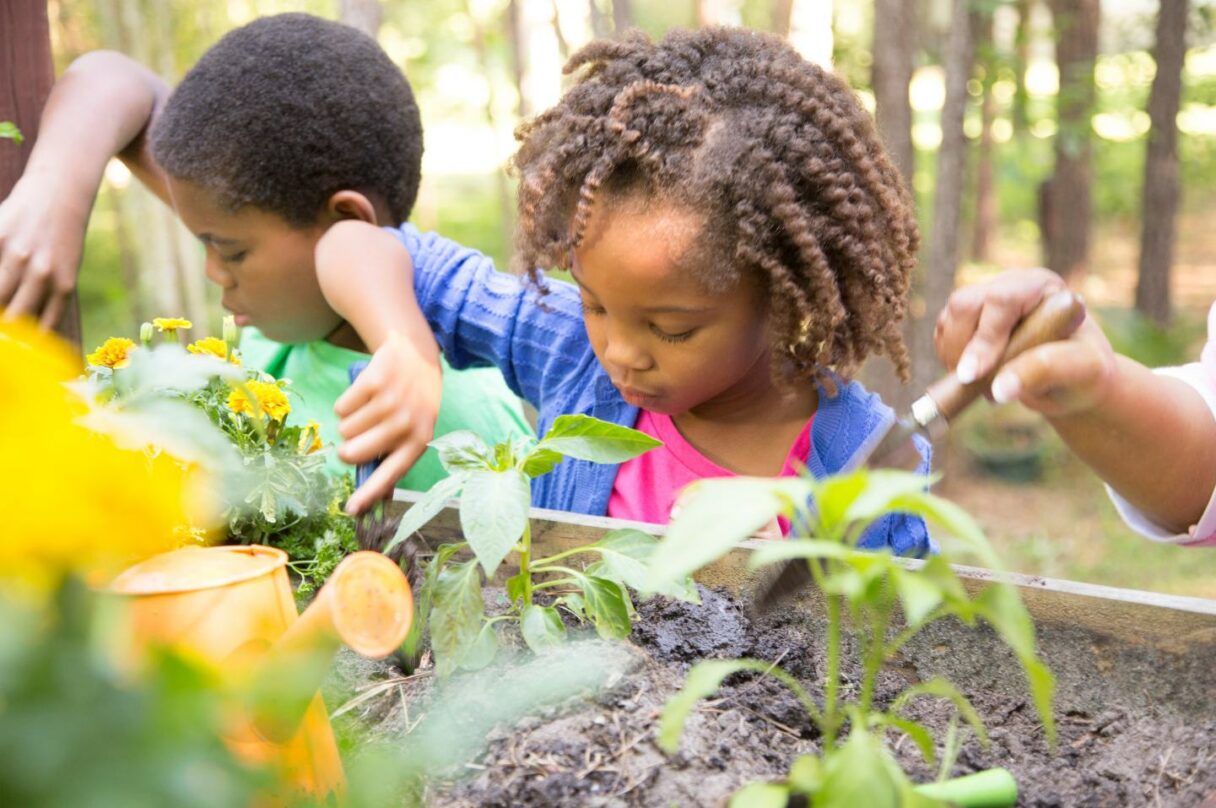
Outdoor education is a special way of learning that takes students outside of the regular classroom and into nature. It offers a lot of benefits and we have talked about different aspects of it in this blog article. We discussed tips for creating good outdoor activities, how different subjects can be combined in outdoor learning, the importance of hands-on learning, and the advantages for both teachers and students. Outdoor education provides a unique and valuable learning experience that allows students to explore and learn in the natural world.
Outdoor education celebrates the beauty of nature and its boundless possibilities for learning. It encourages students to explore, discover, and grow while fostering a deep connection with the environment. By implementing the insights and strategies shared in this article, educators can create transformative outdoor learning experiences that inspire and educate, leaving a lasting impact on students’ lives.
It is all about learning through action. Instead of just listening or reading about something, students actively engage in hands-on experiences. This approach allows them to not only understand theories and knowledge taught in class but also see how they apply to real-life situations. By doing and reflecting on what they have learned, students can make stronger connections and gain a deeper understanding of the subject matter. Experiential learning is a powerful tool that benefits both teachers and students in their educational journey.
Experiential learning is a special way of teaching that gets students involved and encourages them to do things first-hand. If you would like to know more about this, here, at Europass Teacher Academy, we have a wide range of Erasmus courses for Teachers that follow this approach, like “Experiential Learning in Tenerife“, “Experiential Learning in Barcelona“, and “Experiential Learning in Florence.” Teachers get the chance to learn and try out new teaching methods while exploring interesting places with their students. It’s a hands-on experience that helps teachers become better at what they do and create exciting learning opportunities for their students.
They also learn useful ways to make learning more exciting and meaningful for their students. Experiential learning makes education more interesting and helps students connect what they learn to the real world. It prepares them to use their knowledge in practical situations and get ready for the future, where things are always changing.
Other related courses to the topic: Environmental Education in Finland, Environmental Stewardship, Learning Outside of the Classroom, or more.
